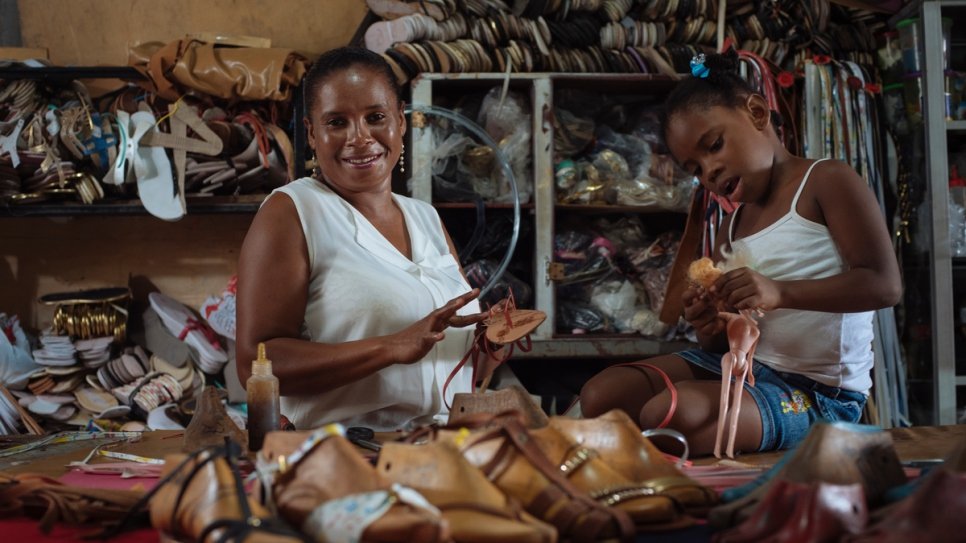The Global Compact on Refugees
On 17 December 2018, the United Nations General Assembly affirmed the Global Compact on Refugees, after two years of extensive consultations led by UNHCR with Member States, international organizations, refugees, civil society, the private sector, and experts.
The Global Compact on Refugees is a framework for more predictable and equitable responsibility-sharing, recognizing that a sustainable solution to refugee situations cannot be achieved without international cooperation.
It provides a blueprint for governments, international organizations, and other stakeholders to ensure that host communities get the support they need and that refugees can lead productive lives.
It constitutes a unique opportunity to transform the way the world responds to refugee situations, benefiting both refugees and the communities that host them.
Its four key objectives are to:
- Ease the pressures on host countries;
- Enhance refugee self-reliance;
- Expand access to third-country solutions;
- Support conditions in countries of origin for return in safety and dignity.
What does the Global Compact on Refugees include?
The Global Compact on Refugees has four parts:
- An introduction setting out the background, guiding principles, and objectives of the global compact.
- The Comprehensive Refugee Response Framework (CRRF), as agreed to by Member States in Annex I of the New York Declaration.
- A Programme of Action setting out concrete measures to help meet the objectives of the compact, including:
- Arrangements to share burdens and responsibilities through a Global Refugee Forum (every four years), national and regional arrangements for specific situations, and tools for funding, partnerships, and data gathering and sharing.
- Areas in need of support, from reception and admission, to meeting needs and supporting communities, to solutions.
- Arrangements for follow-up and review, which will primarily be conducted through the Global Refugee Forum every four years, an annual high-level officials meeting held every two years between forums, and the High Commissioner’s annual report to the General Assembly.

